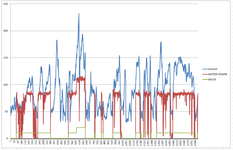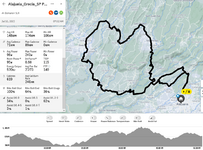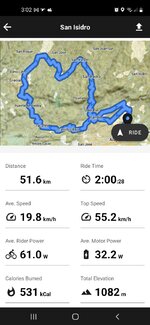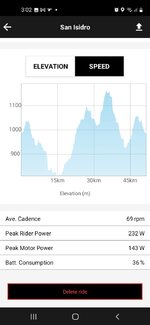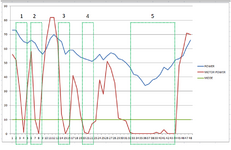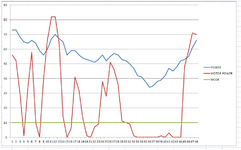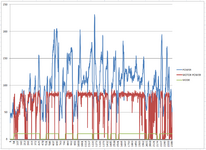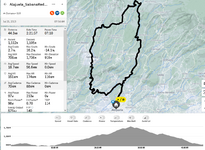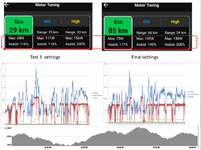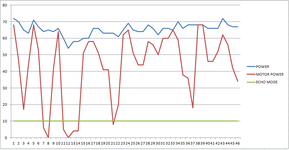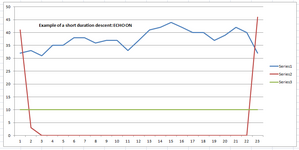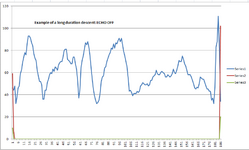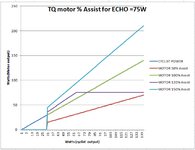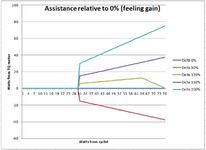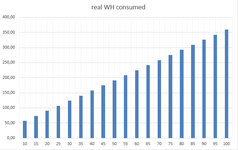AntonioAlfaro
Active Member
- Region
- Other
Thanks rdv, I'll check out DC Rainmaker and Shane Miller. The K2/Garmin problem has to do with the Cycling Dynamics parameters, K2 cannot collect that data.I was able to sideload the Ki2 workaround (highlighted by DC Rainmaker and Shane Miller) onto the Karoo 2. It shows the front and rear chain positioning very nicely. Not sure of the origin, but I also get a nice two beep alert when the next rear gear would trigger a concurrent Synchro 2 front and rear shift.
Hammerhead a also added an e-bike specific set or parameters, with mixed success so far for the Trek Domane+ SLR6. The K2 reports very nicely on speed and main battery status, but not combined power. I haven't looked tried cadence.
Surprising about the Garmin pedals, I thought the hangup was only with Shimano.
I like the Hammerhead dashboard page, in it you can see different data of the ebike after the ride, especially the % of battery capacity consumed and remaining. With these data you can make certain estimates for future tours. It would be very valuable to be able to collect in K2 the personal power that is displayed on the Domane+ screen. We would have a lot to analyze.
Look at the next picture, lot of info there...
